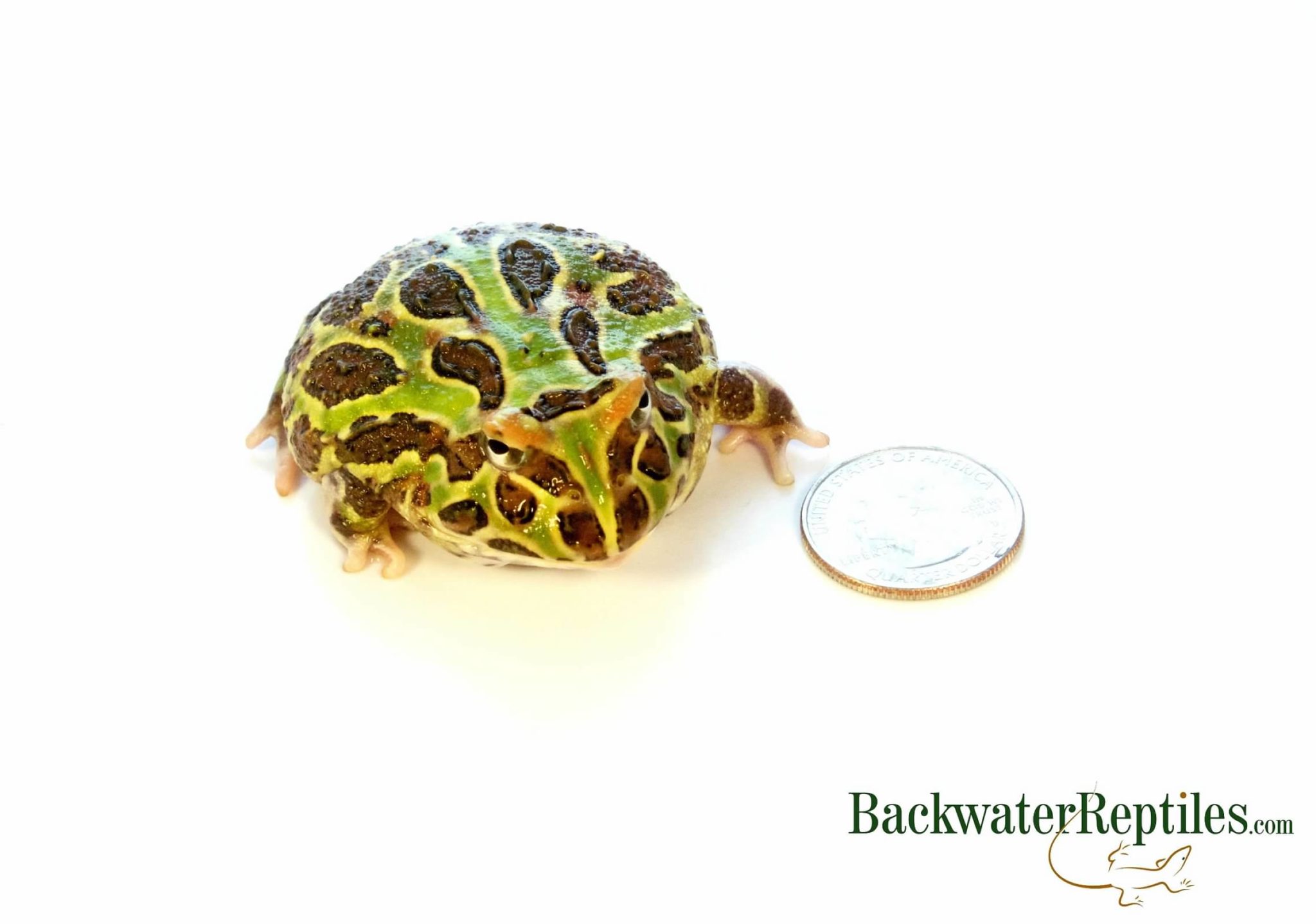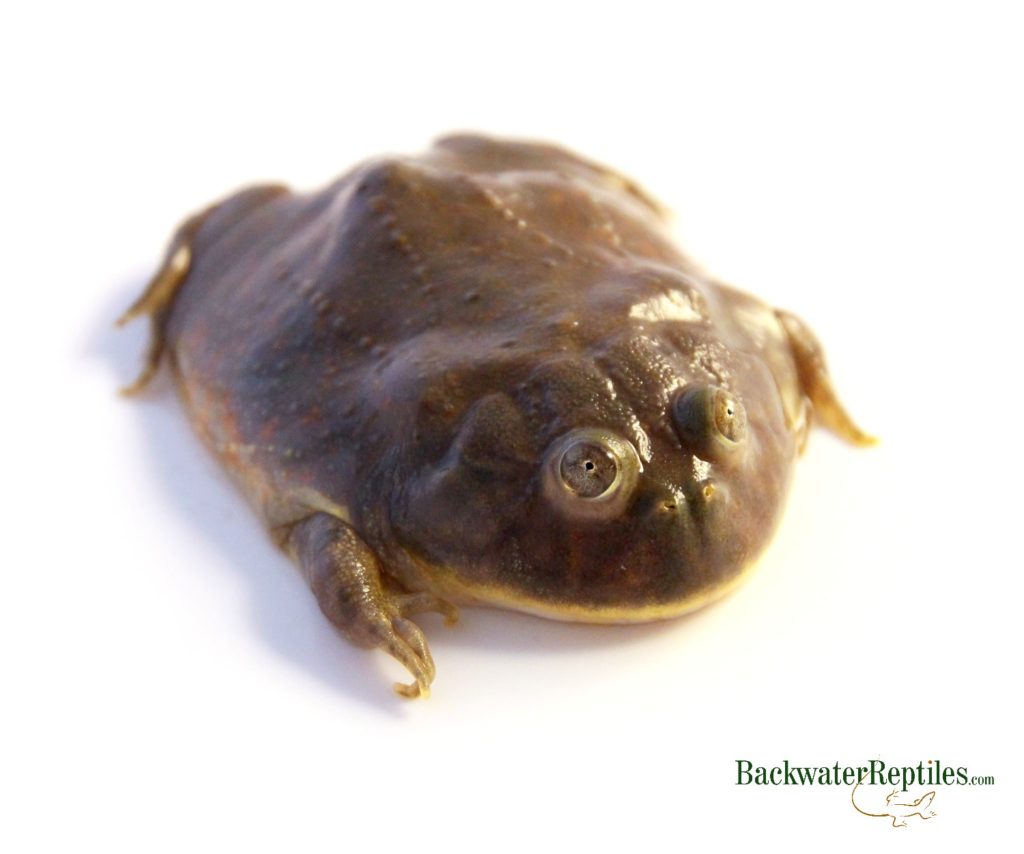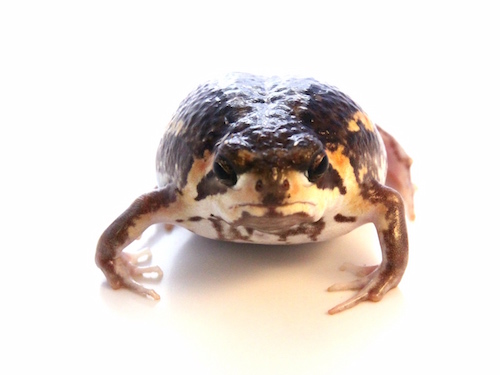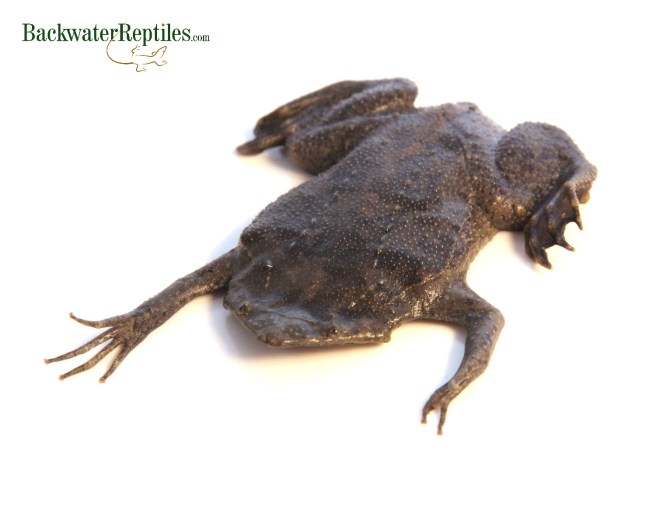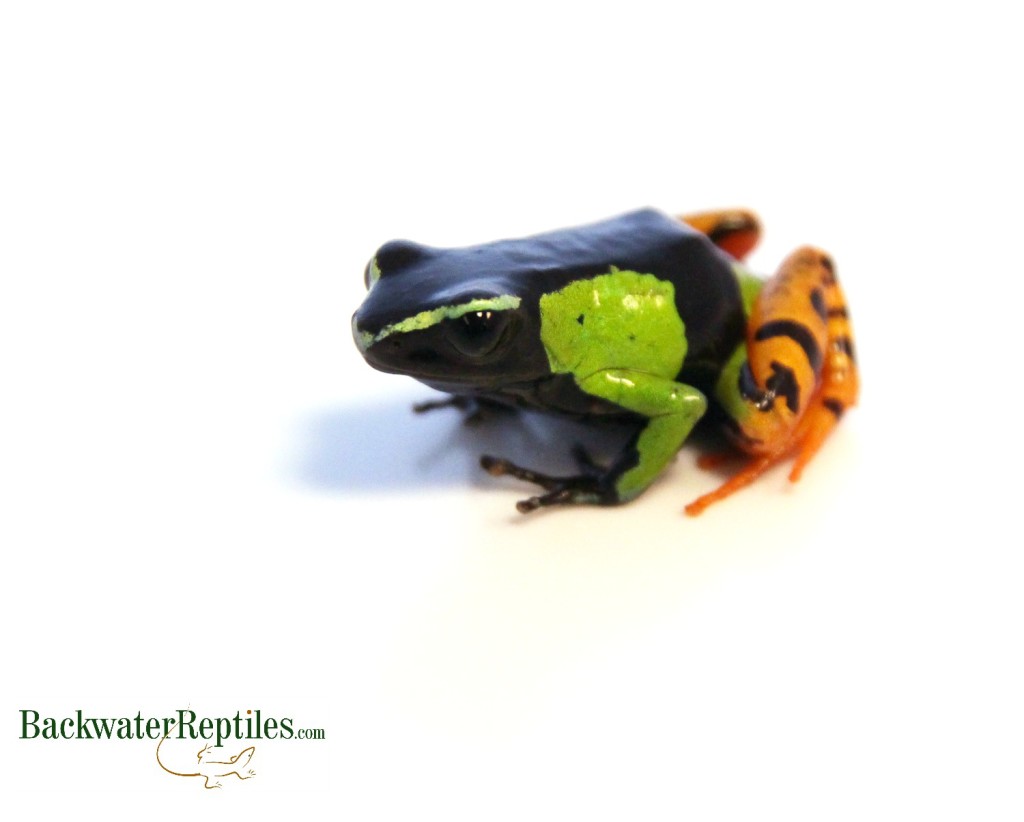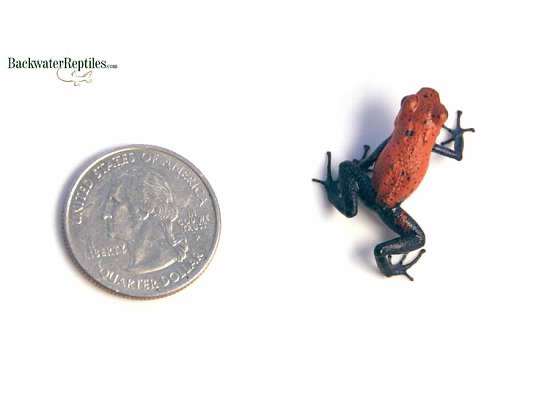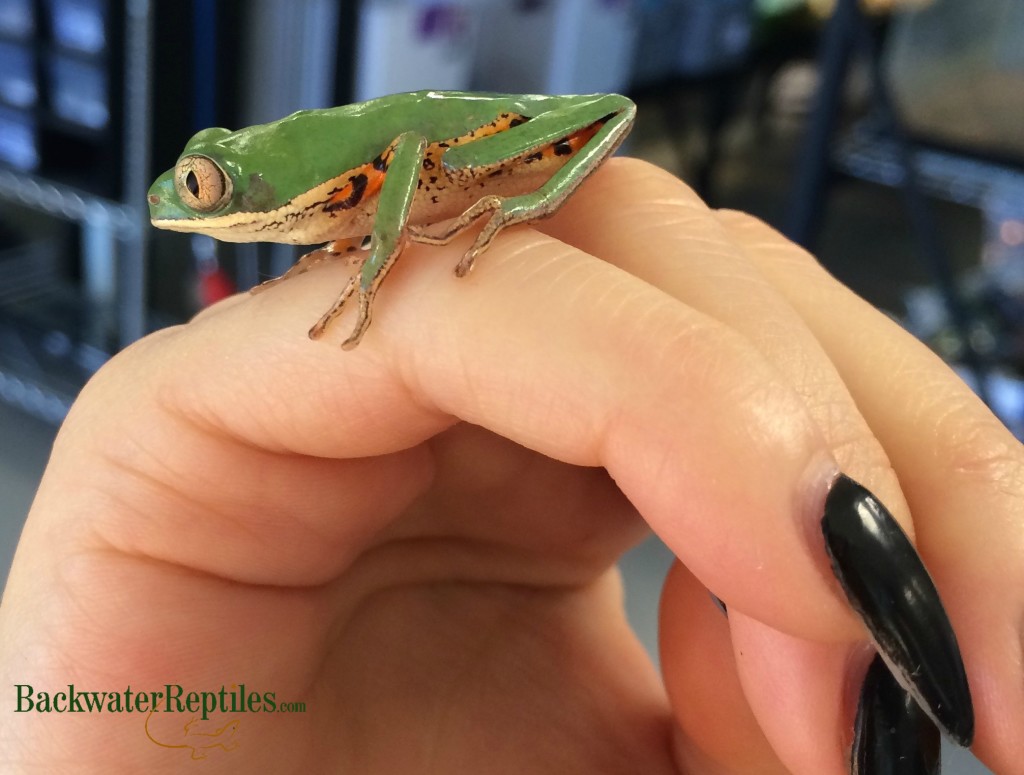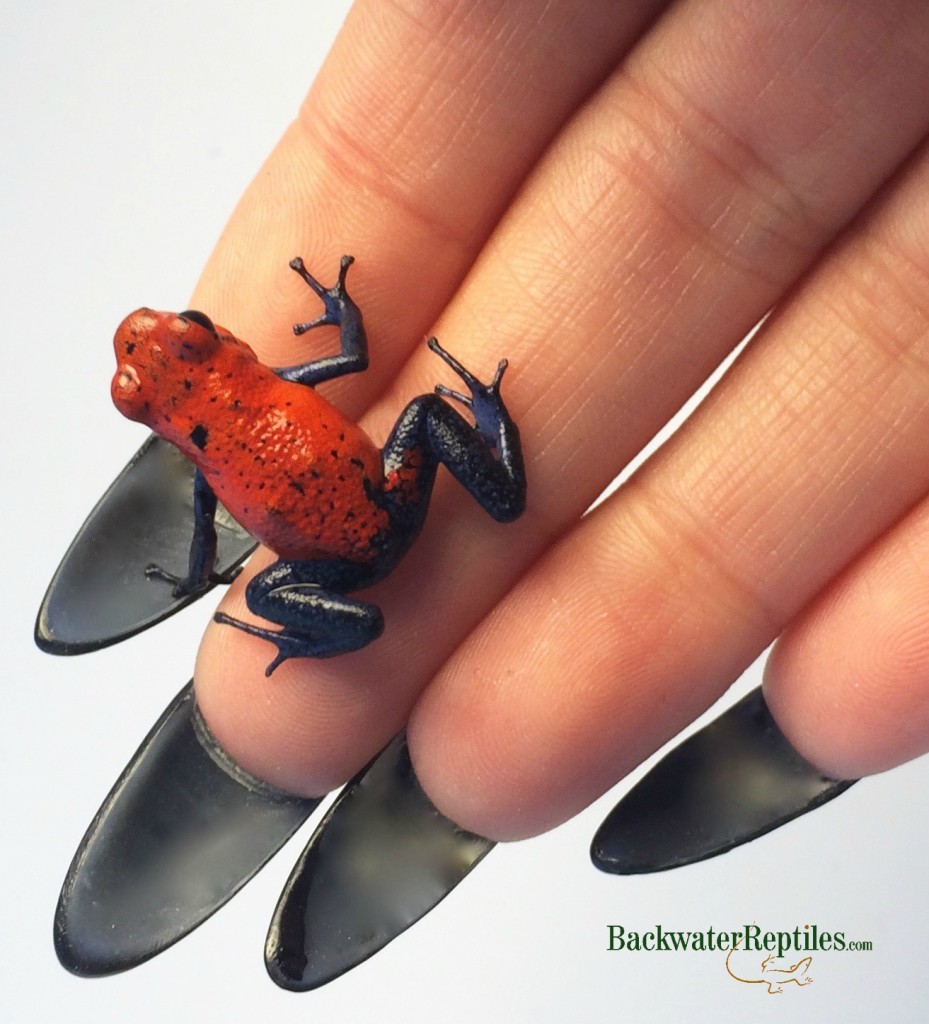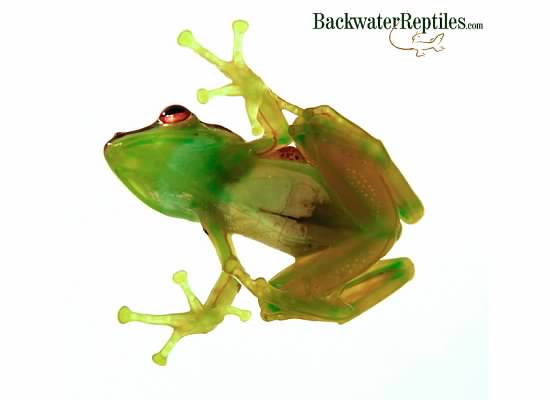What are the best pet aquatic frogs?
We’ve already discussed the best pet terrestrial frogs and the best pet arboreal frogs. In this article, we’ll dive into the topic of the best pet aquatic frogs. In our opinion, three amphibians make the best aquatic pet frogs – Budgett’s frogs, Surinam toads and Fire-bellied toads.
Budgett’s Frogs as pets
Budgett’s frogs are also commonly known as Freddy Krueger frogs, but their scientific name is Lepidobatrachus laevis. No matter what name this species goes by, we’re sure you’ll never forget about them once you’ve had the chance to learn more.
We’ll wager that the first thing you notice about the Budgett’s frog is its comical appearance. Due to their aquatic lifestyle, these frogs are semi blob-like. They have rounded and jiggly bodies with small legs, bulbous eyes on top of their heads, and extra long fingers that helped them achieve their alternate name of Freddy Kruger frog.
This species of frog is highly known for its piercing shrieks and grunts and its intimidating attitude. When it feels threatened, the Budgett’s frog will open its mouth very wide and show off its two sharp teeth. They also inflate sort of like a balloon in order to make themselves appear larger and more threatening to potential predators.
Budgett’s frogs can grow to be quite large, however interestingly enough, their enclosure doesn’t need to be big in order for them to thrive. We do highly advise keeping them separately from one another though as they are prone to cannibalism.
Although they are big eaters, Budgett’s don’t require much in terms of aquariums/enclosures to keep them happy. They should have warm water in the 77 to 82 degrees Fahrenheit range, little or no substate, lightweight or minimal cage decor and a platform that allows them to completely leave the water if they so choose.
Despite the fact that they don’t require much in terms of maintenance and care, we do advise that you have some prior experience with amphibians, preferably those with primarily aquatic lifestyles before owning a Budgett’s frog. They do require a clean tank and water and lots of food, they live 15 to 20 years, plus they grow quickly, so we recommend doing your research and making an informed decision about whether or not you can properly care for a Budgett’s frog.
If you have decided you are ready to own a Freddy Krueger frog of your own, Backwater Reptiles sells them. Rest assured that you will be receiving a healthy frog with proven Frog Ranch genetics.
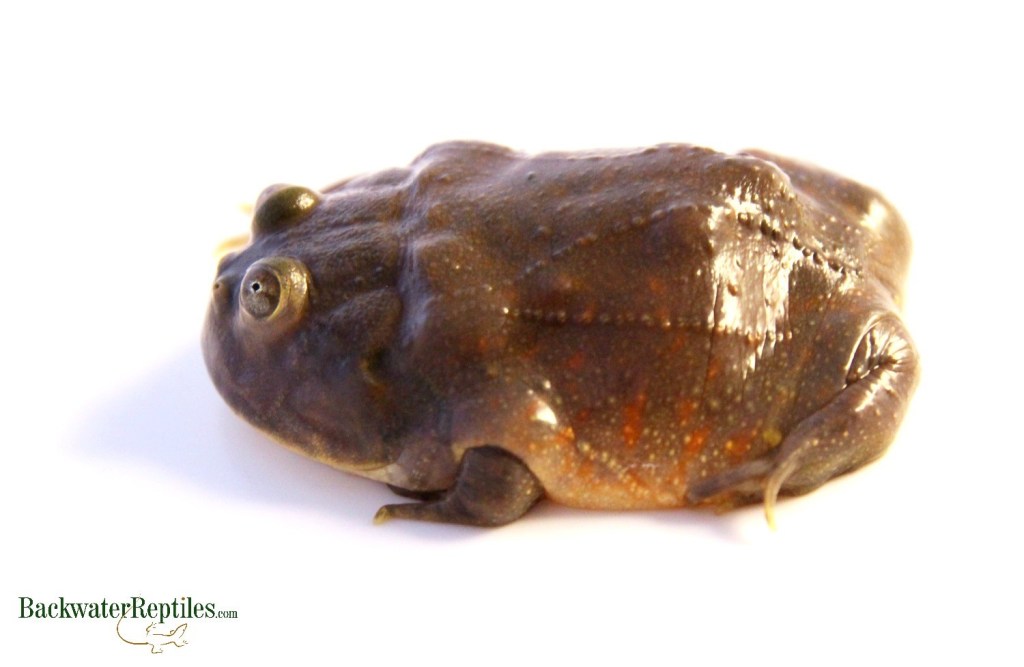
Surinam Toads as pets
It’s splitting hairs whether or not you consider the Surinam Toad (Pipa pipa) a frog, but either way, it is most certainly an amphibian. And this amphibian also makes for an incredibly cool aquatic pet.
The first thing you are likely to notice about the Surinam toad is its bizarre appearance. These toads are flat with triangular heads, itty bitty eyes and long fingers. They have been described as resembling frog roadkill. Their flattened appearance is perfect for their aquatic environment where they spend most of their time attempting to mimic dead leaves on the bottom of bodies of water. In other words, they most certainly do not resemble traditional toads or frogs upon first glance.
The reproductive habits of these toads is what makes them truly unique and amazing. After an intricate mating ritual, female toads develop a thick skin on their backs where fertilized eggs attach and embed themselves. Once the baby toads are ready to hatch, froglets emerge straight from the skin of the mother’s back leaving behind large holes.
In reality, Surinam toads are not very active pets. In addition to being fully aquatic, they honestly don’t do much other than sit around. They are a lot more active during mating rituals, but during most of the year they simply float or sit in the water and swim to the top for air every 15 to 30 minutes. The exception is when they are eating. They are ambush predators and when prey is near their mouth, the explode and essentially inhale their prey item. It’s quite fun to watch.
If you are prepared to house a fully aquatic toad and you might even be interested in a pair to try and breed, Backwater Reptiles has Surinam Toads for sale. You can also learn more about how to care for this bizarre-looking toad by reading our blog article dedicated to them.
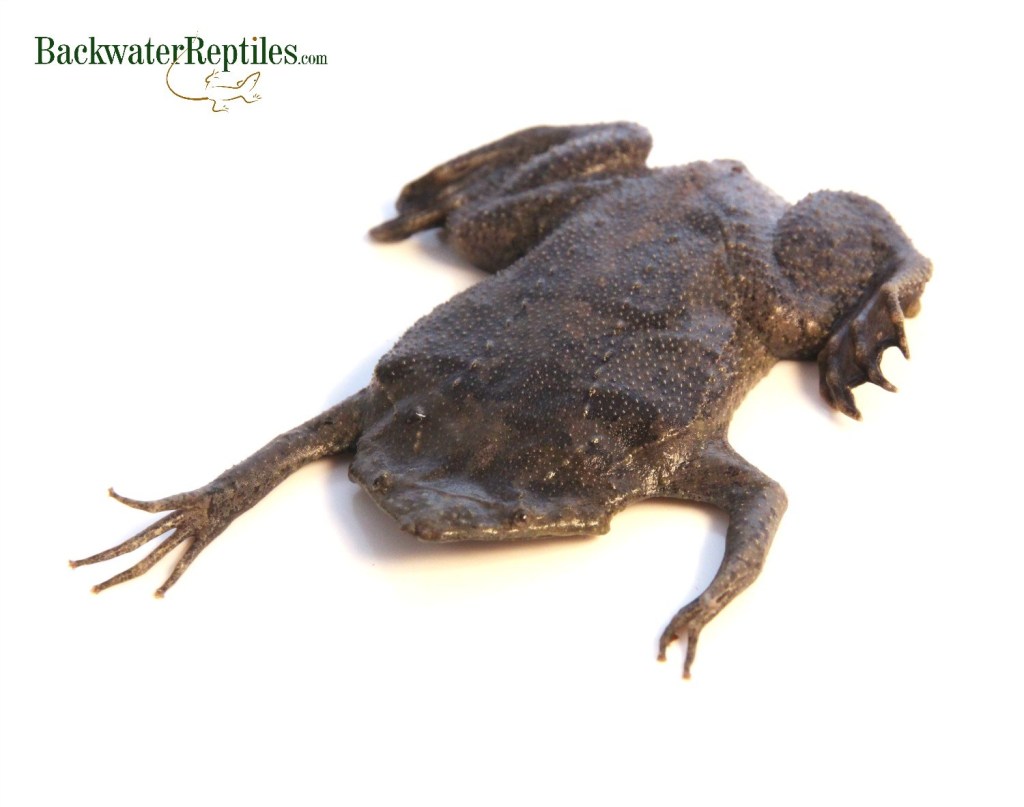
Fire Bellied Toads as pets
Interestingly enough, because they are such commonly kept beginner frogs, fire bellied toads (Bombina orientalis) are often looked down upon within the herp enthusiast community. But we think they actually have quite a bit to offer, whether you’re new to keeping amphibians or not.
The first thing we think is awesome about fire bellied toads is that they are diurnal, or active during the day. This might not seem like a big deal, but most amphibians are actually secretive and prefer to come out when it’s dark. Being diurnal can be cool because it actually allows you to observe your pet’s behavior and get to know its personality and quirks.
Fire bellied toads are also very forgiving when it comes to habitat. They are easy to maintain and can acclimate, even if their owner unintentionally makes mistakes. This makes them excellent options for beginners or children learning to care for their first non-furry pet.
This hardy amphibian gets its common name from its bright orange/red tummy which indicates to potential predators that it is harmful to eat. It secretes a toxin from its skin that makes it unappetizing to anything that would try to eat it. But not to worry – unless you are eating your pet, the secretions from its skin are not harmful to humans.
Another reason fire bellied toads are so popular is that they are actually very easy to come by. Many pet stores carry them and they are relatively inexpensive. Again, they make excellent beginner pets.
If you are interested in owning a fire bellied toad of your own, but you want to learn more about how to care for one, feel free to check out our blog article dedicated to this very topic.
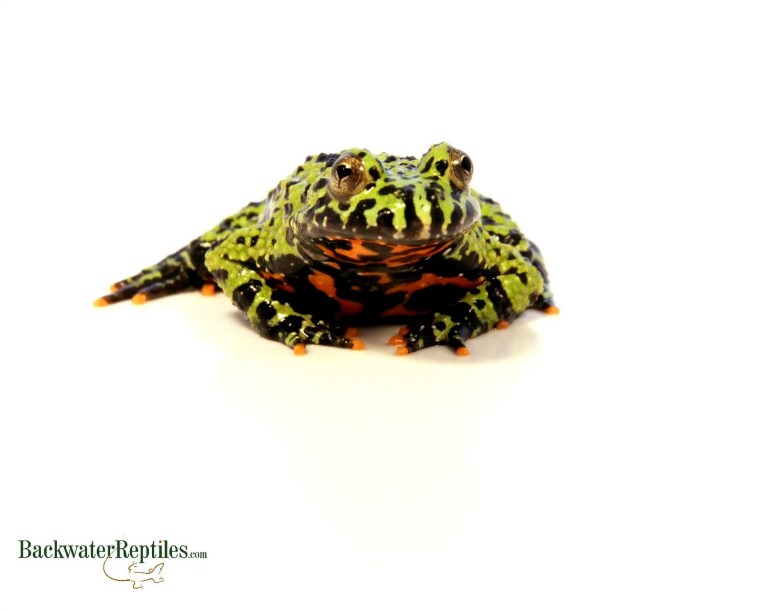
Conclusion
Whether you prefer to call them frogs or toads, in our opinion, Budgett’s frogs, Surinam toads and Fire-bellied toads make the best aquatic pet frogs.
Each species we discussed in this article is unique and quirky. Maybe you’re drawn to Budgett’s frogs because of their nearly amorphous shape. Or maybe you like the colorful tummies of fire-bellied toads. No matter which species on this list is your favorite, we’re comfortable saying that each of these three amphibians makes a great pet for families or individuals in the market for an aquatic frog.



